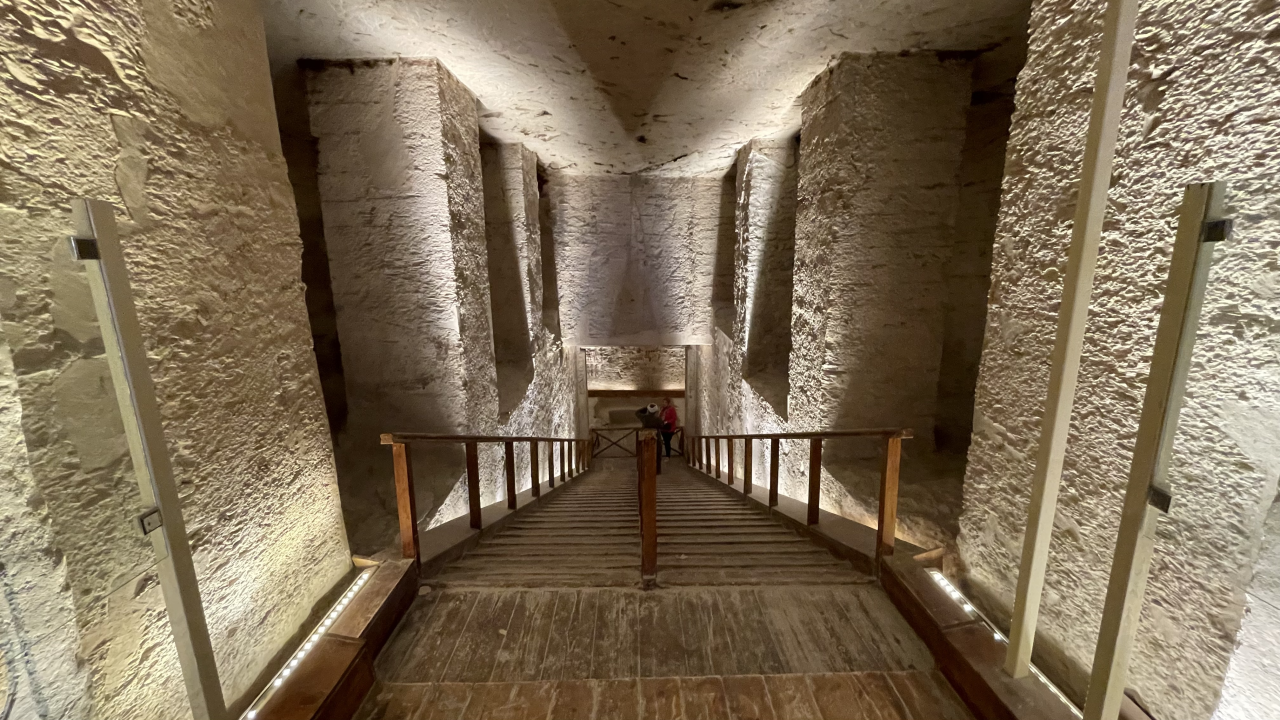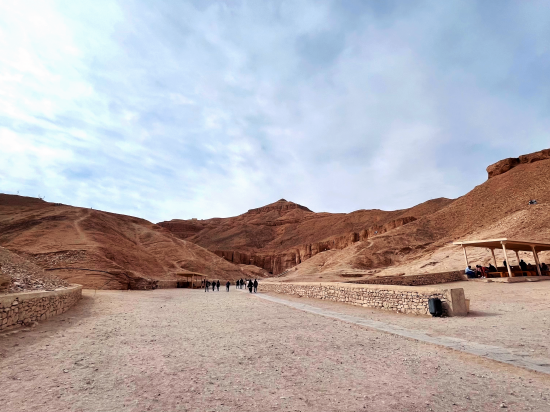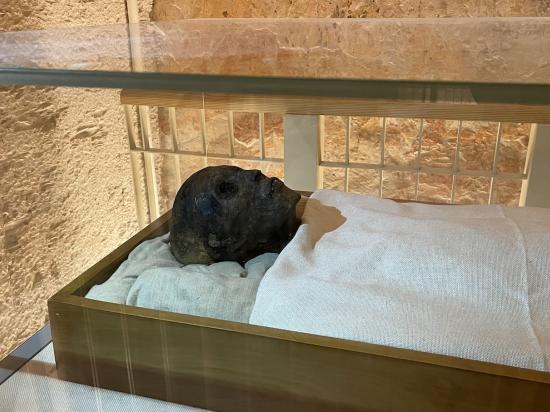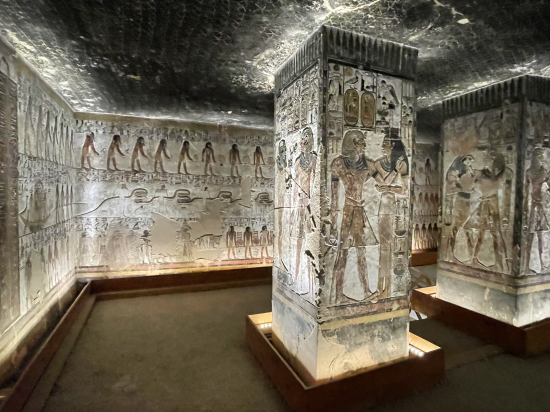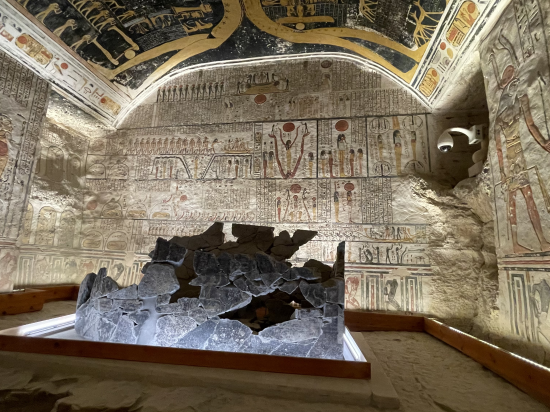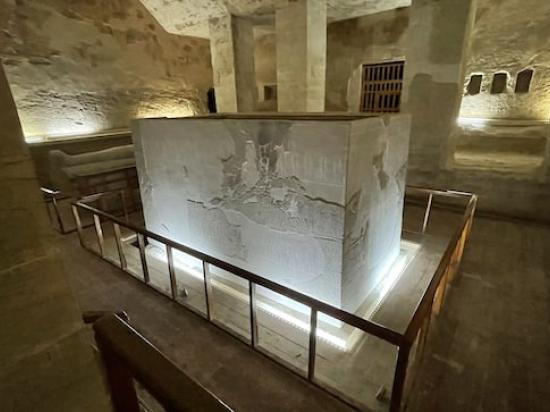The Tomb of Ramses IX
"Not another Ramses!", might come into your mind, but there is a reason why so many Pharaos named themselves after the first 3 kings of the same name, Ramses II being the superstar of the Bronze Age world.
11.02.2022
Ramses IX (also known as Ramesses IX or Ramesses the Ninth) was the eighth pharaoh of the 20th dynasty of ancient Egypt, and he ruled from approximately 1129 BC to 1111 BC.
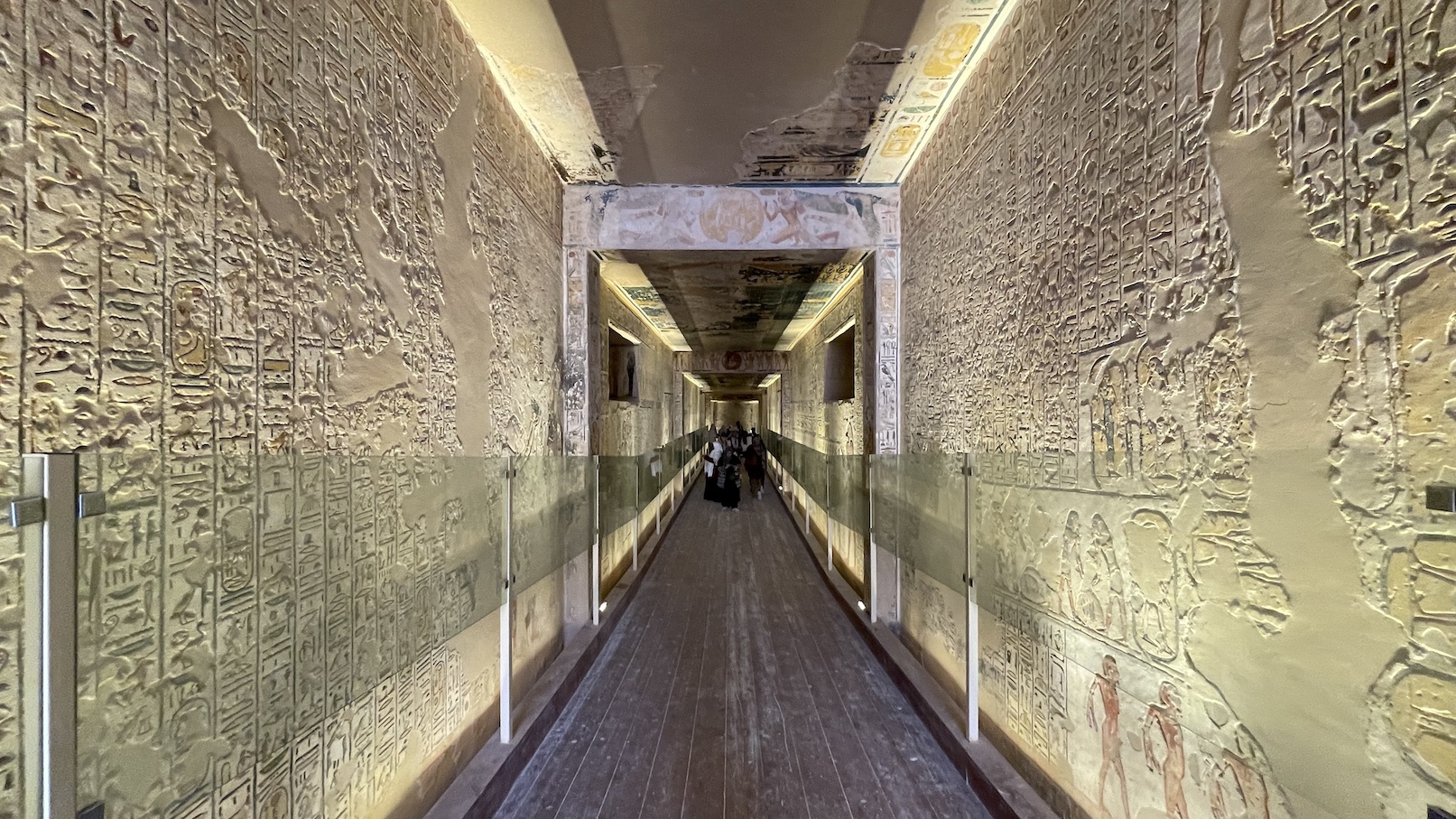
So not all Ramseses where of the same dynasty and tried to insinuate familial connection from Super-Ramses II to Ramses III and to themselves. They only could benefit from the feats of their predecessors and they would urgently need the support of their namesake God Ra.
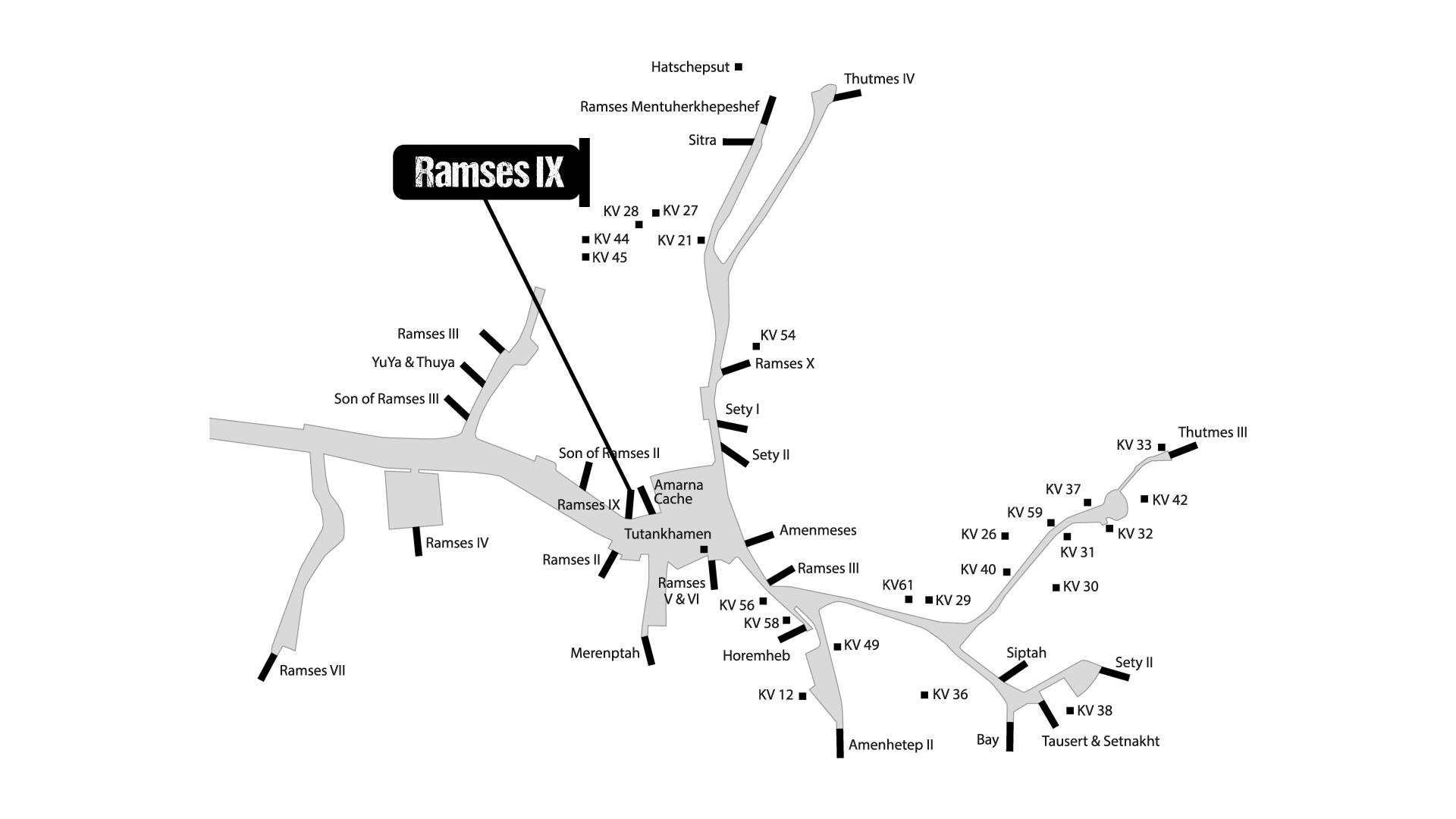
Ramses III could avert the downfall of Egypt to some extent while the rest of the know world would shatter during the so-called Bronze Age collapse.
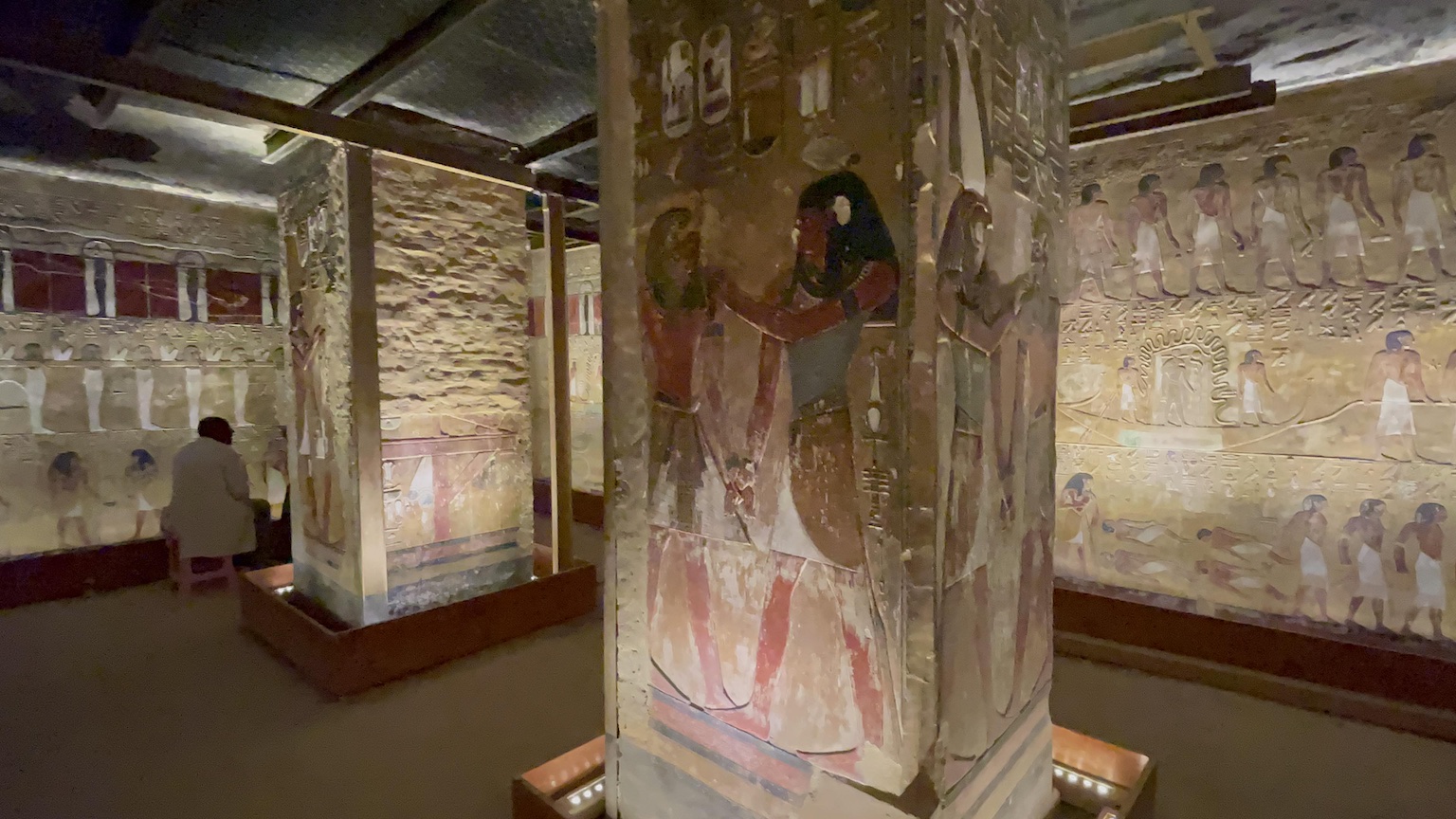
Some interesting facts about Ramses IX include:
- Ramses IX was the son of Ramses III, who was one of the most powerful and successful pharaohs of the 20th dynasty.
- Ramses IX came to the throne late in life, after his brother Ramses VIII died without an heir.
- During his reign, Ramses IX continued many of the building projects and military campaigns that had been initiated by his predecessors.
- Ramses IX is known for his efforts to revive the worship of Amun, the chief god of the Egyptian pantheon, and he built several temples dedicated to Amun and other deities.
- Ramses IX's tomb is located in the Valley of the Kings in Luxor, and it is designated KV6. The tomb is notable for its intricate decorations and the presence of several mummies, including that of Ramses IX himself.
Some interesting facts about Ramses IX include:
- Ramses IX was the son of Ramses III, who was one of the most powerful and successful pharaohs of the 20th dynasty.
- Ramses IX came to the throne late in life, after his brother Ramses VIII died without an heir.
- During his reign, Ramses IX continued many of the building projects and military campaigns that had been initiated by his predecessors.
- Ramses IX is known for his efforts to revive the worship of Amun, the chief god of the Egyptian pantheon, and he built several temples dedicated to Amun and other deities.
- Ramses IX's tomb is located in the Valley of the Kings in Luxor, and it is designated KV6. The tomb is notable for its intricate decorations and the presence of several mummies, including that of Ramses IX himself.
